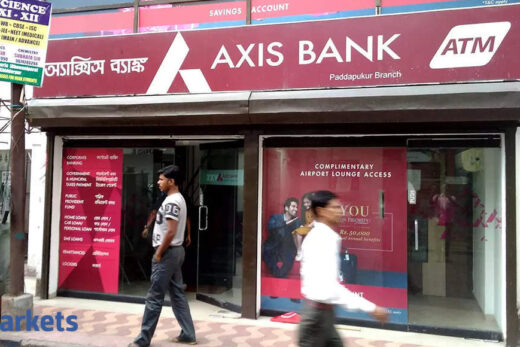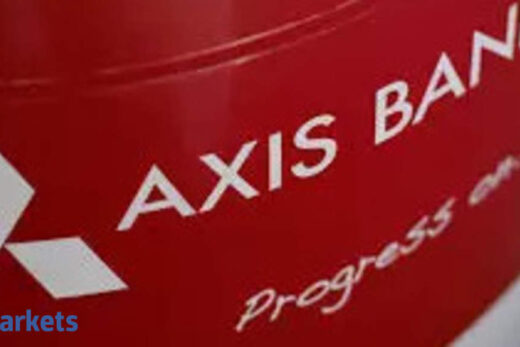CPI inflation, which is the central bank’s monetary policy anchor, has printed above the upper band of RBI’s comfort zone of 2-6 per cent for two straight months now. CPI inflation climbed to a six-month high of 6.30 per cent in May and then eased marginally to 6.26 per cent in the following month.
At the same time, India’s economy is not yet out of the woods after the second Covid wave, with reports such as Nomura India’s Business Redemption Index indicating that activity is still wobbly.
Renewed spread of Covid-19 in western and Asian economies has also queered the pitch on global growth, while China’s purge of its technology sector is creating contagion risks in the foreign exchange markets.
Throw in concerns of a potential third wave in India and RBI’s job is well and truly cut out. However, for markets, both debt and equity, which just a month ago were fearing an earlier-than-expected normalisation of monetary policy because of the alarming surge in CPI inflation, there are some signs of succour.
Not only did inflation moderate in June; albeit marginally, recent comments by RBI Governor Shaktikanta Das have provided much-needed relief for markets.
Das said earlier this month that a hurried withdrawal of RBI’s current ultra-loose monetary policy could negate gains for the struggling economy.
A stark difference from the commentary that was doing the rounds just about a month ago. While no one expected a hike in the repo rate, the consensus seemed to be that RBI would tackle price pressures by first reining in the huge surplus of liquidity in the banking system and then later in the year by raising the reverse repo rate.
Markets were bracing themselves for a hint of such action in the forthcoming policy and for RBI to implement the same by October. RBI does not necessarily outline its liquidity management plans in policy statements.
After having been kept on a steady diet of abundant liquidity, any reduction is bound to cause withdrawal symptoms for financial markets.
Lest one forget, bond yields shot up in January at the mere mention of variable rate reverse repo operations.
But now, with the spectre of a third wave and the possibility of fresh lockdowns posing risks to RBI’s forecast of 9.5 per cent GDP growth in FY22, the market’s timelines for normalisation have been revised.
The unanimous view is that growth must return on the pedestal and as such RBI is not seen tightening the liquidity spigot anytime before December. On August 6, Das is expected to keep rates on hold and reiterate accommodation.
RBI would also gain some confidence from the fact that at its recent meeting the US Federal Reserve reiterated that growth in the world’s largest economy still needs policy support. The Fed did not specify any timelines for the reduction of its monthly $120 bln asset purchase programme either.
As for when RBI will be ready to accept the presence of “durable growth” in the economy and thus normalise policy; ETMarkets.com spoke to economists, bond traders and money managers to get a clue.
Abheek Barua, Chief Economist, HDFC Bank
I would think RBI may stay quiet and reiterate their view that inflation is largely transient and at this stage there is no need for any kind of action that would suggest that even the mildest form of tightening is forthcoming.
I think there is still a lot of concern about how the global economy will behave and how our economy will react – will there be a 3rd wave etc etc. I think towards the end of the calendar year is a better time to even consider these things.
A Prasanna, Chief Economist, ICICI Securities Primary Dealership
In terms of the time frame for reverse repo hikes we are looking at December. Earlier our view was it’s a toss-up between October and December, but after recent interviews by the Governor, it does look like RBI is not in a hurry. Therefore December is the earliest when we would expect RBI to start hiking the reverse repo rate.
Vikas Goel, MD and CEO, PNB Gilts
With inflation coming down a bit in June, it looks like July and August could come down even more because of the base effect. That will provide room for the RBI to hold on in August.
Although most people in the market believe that there will be a hike in the reverse repo rate in Dec-Mar, I am not in that camp. I could be in a minority here but I don’t think there will be any change in stance this year, no change in stance or rates or the corridor.
Shubhada Rao, Founder, QuantEco Research
While inflation has definitely spiked in these two months, in our estimate, the month gone by inflation was probably a likely peak in the current upward move and we could see some correction in inflation particularly since crude oil prices seem to have stabilised globally.
The supply disruptions also have been gradually easing off. Growth definitely will take precedence. We believe that any rate action is a good 8-9 months away.
Anubhuti Sahay, Head, Economic Research, South Asia, Standard Chartered Bank
We are of the view that the RBI and the Monetary Policy Committee has to remain clearly focused on growth for now. Policy normalisation in our view will only happen once RBI/ MPC has hard data on high level of vaccination coverage. That is the time when they can think about policy normalisation.
I don’t think any move towards normalisation will happen before December.
Anshul Saigal, Head of PMS at Kotak Mahindra AMC
We are at a very nascent stage of economic recovery so it is unlikely that RBI will take away liquidity from the system. At least in the near term, monetary policy stance will remain benign since we are not seeing inordinate inflation currently. We expect the policy to be growth-oriented.



